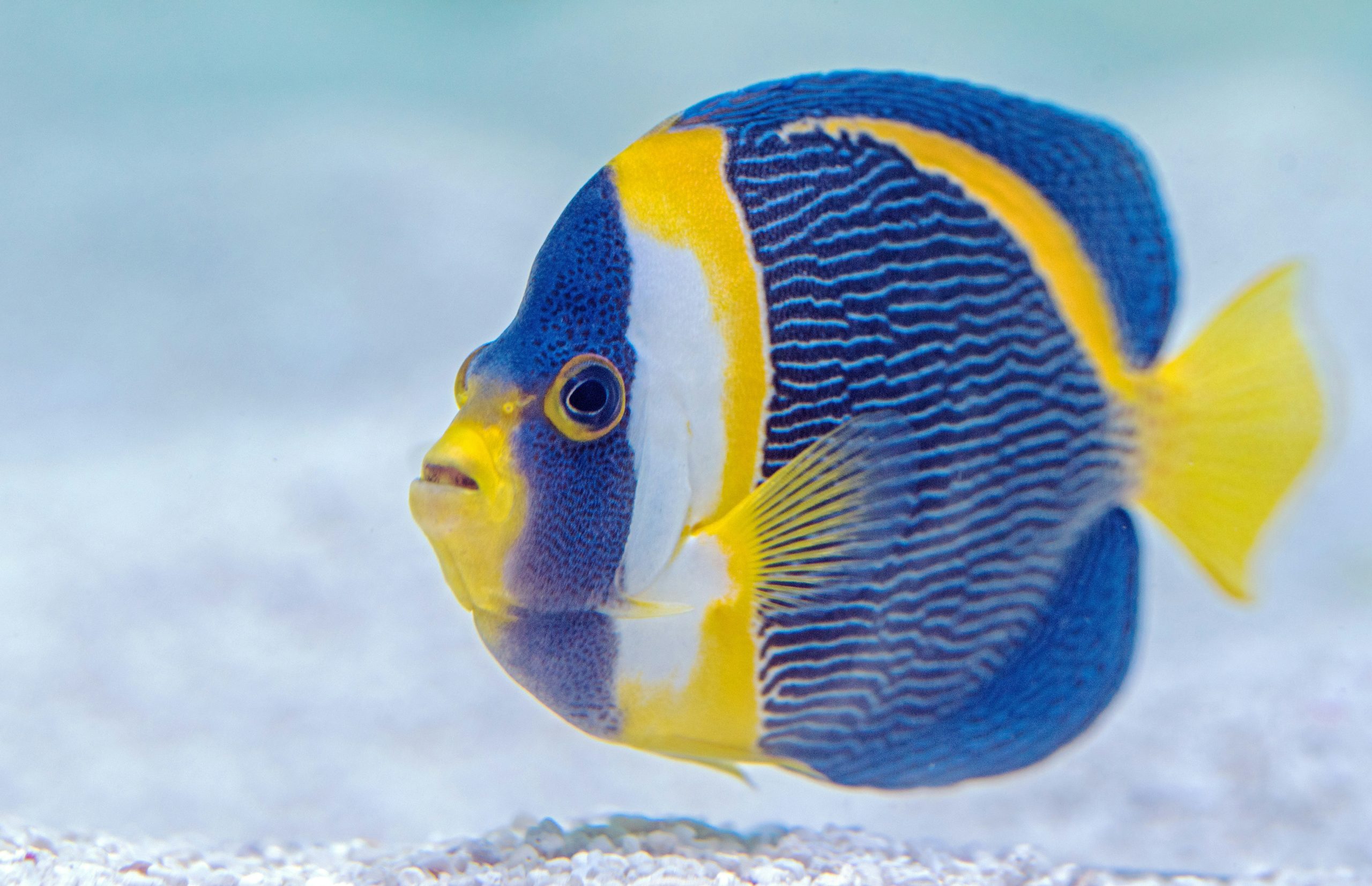Table of Contents
![]()
Keeping an aquarium at high altitudes presents unique challenges that require careful consideration and adaptation. High-altitude environments, characterized by reduced atmospheric pressure and oxygen levels, can significantly impact both the health of aquatic life and the effectiveness of aquarium equipment. This article explores the various challenges faced when maintaining a high-altitude aquarium and offers solutions to ensure a thriving aquatic environment.
I. Introduction
Definition and Scope
A high-altitude aquarium is an aquatic system situated at elevations typically above 2,000 meters (6,561 feet). The high-altitude environment imposes specific conditions that differ from those at sea level, affecting both the physical and biological aspects of aquarium management. Understanding these differences is crucial for ensuring the well-being of the aquarium’s inhabitants and maintaining system stability.
Importance of Understanding Challenges
The challenges associated with high-altitude aquariums impact aquarium health, maintenance, and the overall success of the setup. For both hobbyists and researchers, addressing these challenges effectively is essential to achieving optimal results in high-altitude environments.
II. Environmental Challenges
A. Oxygen Levels
At high altitudes, atmospheric oxygen levels are significantly lower than at sea level. This reduced oxygen availability can affect both the fish and other aquatic organisms. To mitigate these effects, aquarium owners may need to enhance oxygenation through additional equipment such as oxygen pumps or air stones. Regular monitoring of oxygen levels is crucial to ensure that they remain within acceptable ranges for the aquarium’s inhabitants.
B. Water Temperature
Temperature management becomes more complex at high altitudes due to the typically cooler ambient temperatures. This can affect aquarium heaters, which may need to work harder to maintain a stable and appropriate temperature for the aquatic species. Implementing reliable and efficient heating systems is essential, and the use of a quality aquarium heater with accurate temperature controls can help in maintaining stability.
C. Water Chemistry
High-altitude conditions can impact water chemistry, including pH and hardness. The lower atmospheric pressure can influence the equilibrium of dissolved gases and other compounds in the water. Regular testing and adjustment of water chemistry parameters are necessary to ensure that they remain within optimal ranges. Using high-quality water conditioners and adjusting the water parameters as needed can help manage these challenges.
III. Biological Challenges
A. Aquatic Life Adaptation
Not all aquatic species are suited to high-altitude environments. Species adapted to low-altitude conditions may struggle with the reduced oxygen and altered water chemistry. Choosing species that are known to thrive in high-altitude conditions or those that have been successfully acclimated to similar environments is crucial. Additionally, observing the behavior and health of the aquatic life regularly can help identify any adaptation issues early on.
B. Disease and Health Issues
The stress associated with high-altitude conditions can increase the susceptibility of aquatic life to diseases. Regular health checks and preventive measures, such as maintaining good water quality and avoiding overstocking, can help reduce the risk of disease. Providing a balanced diet and ensuring that the aquatic life is not subjected to excessive stress are also important factors in maintaining their health.
IV. Equipment and Maintenance
A. Filtration Systems
Reduced oxygen levels can impact the efficiency of filtration systems. Choosing a filtration system that is well-suited for high-altitude conditions and ensuring regular maintenance can help address this issue. It is important to select filters and pumps that can handle the specific needs of a high-altitude aquarium and to clean and maintain them regularly to ensure optimal performance.
B. Lighting
The intensity and spectrum of natural light can vary at high altitudes, affecting plant and algae growth in the aquarium. Using high-quality aquarium lighting that can mimic natural light conditions and adjusting the lighting schedule as needed can help support healthy plant and algae growth. It is also beneficial to monitor light levels and adjust them according to the needs of the aquarium’s inhabitants.
C. Water Circulation
Water circulation systems may need adjustment to account for altitude-related changes in water density and flow patterns. Ensuring that the water flow is adequate and evenly distributed throughout the aquarium is important for maintaining a healthy environment. Regularly checking and adjusting the circulation system can help address any issues and ensure proper water movement.
V. Operational Considerations
A. Accessibility and Supplies
Sourcing aquarium supplies at high altitudes can be challenging due to logistical issues and limited availability. Planning ahead and maintaining a stock of essential supplies can help mitigate these challenges. Building relationships with reliable suppliers and considering alternative sourcing options can also be beneficial.
B. Energy Consumption
High-altitude aquariums may require increased energy for heating and oxygenation, leading to higher operational costs. Implementing energy-efficient solutions and considering backup power options can help manage energy consumption and reduce costs. Monitoring energy use and exploring ways to improve efficiency can also contribute to cost savings.
VI. Case Studies and Examples
A. Successful High-Altitude Aquariums
Examples of successfully maintained high-altitude aquariums provide valuable insights into effective strategies and practices. Case studies highlight best practices, including equipment choices, species selection, and management techniques. Learning from these examples can offer practical guidance for managing a high-altitude aquarium.
B. Challenges Faced by Specific Aquariums
Specific challenges encountered by high-altitude aquariums can offer lessons in problem-solving and adaptation. Analyzing these challenges and the solutions implemented can provide useful information for others facing similar issues. Comparing these experiences with low-altitude aquariums can also reveal unique aspects of high-altitude maintenance.
VII. Future Developments and Research
A. Advancements in Technology
Emerging technologies and innovations are continuously improving the management of high-altitude aquariums. Advances in equipment, such as more efficient heaters and oxygenators, can enhance the overall success of high-altitude aquarium keeping. Staying informed about these developments can help aquarium owners adopt new solutions and improve their systems.
B. Research Needs
Further research is needed to address specific challenges associated with high-altitude aquariums. Areas of study include the effects of altitude on aquatic life, equipment performance, and water chemistry. Continued research can lead to new solutions and improvements, benefiting the aquarium community.
C. Community and Support
Hobbyist communities and online forums provide valuable support and knowledge sharing for high-altitude aquarium keepers. Engaging with these communities can offer insights, advice, and resources for managing high-altitude aquariums. Building a network of support can be beneficial for overcoming challenges and sharing experiences.
VIII. Conclusion
Summary of Key Points
Maintaining a high-altitude aquarium involves addressing unique challenges related to oxygen levels, water temperature, and chemistry, as well as biological and equipment considerations. Effective management requires careful planning, regular monitoring, and adaptation to the specific conditions of the high-altitude environment.
Final Thoughts
With the right approach and resources, keeping a high-altitude aquarium can be a rewarding endeavor. By understanding and addressing the challenges associated with high-altitude conditions, hobbyists and researchers can ensure a thriving aquatic environment and achieve success in their high-altitude aquarium endeavors.
Share This





Be the first to comment